A volunteer placed a translucent, blue marble in my hand as I walked through the door. Everyone else in the darkened auditorium held a similar token. Ocean-philes of one kind or another, we were gathering at the Monterey Institute of International Studies for the third TEDxMonterey. A community-organized event modeled after the popular TED talk series, the day’s line-up of inspiring presentations revolved around the topic of “Sea Change,” and explored the connection between people and the ocean.
The blue marbles were part of a project started by Wallace J. Nichols, one of the day’s speakers. The marble represents how the Earth looks from space, a blue sphere colored by its predominant feature, our ocean. It also represents a drop of seawater, teaming with life. Nichols hopes the blue marbles will pass through the hands of everyone on the planet. When you see someone doing something to help the ocean, give a blue marble to them, and tell them to pass it on, Nichols said. He hopes the act will help inspire gratitude for the life-giving gifts of the ocean, and efforts to protect it.
James Cameron recently took his blue marble to the bottom of the Marianas Trench before giving it away, Nichols said. I read about these marbles making their rounds at the Copenhagen climate meeting in 2009; now I’m excited to have one of my own. I will have to think of some great ocean adventure to take my marble on before I find just the right person to pass it off to.
TEDxMonterey included a number of ocean visionaries, and contained references to Shakespeare (who coined the term “sea change” in his play The Tempest), algal biofuels, education, fishing, and talk by long distance swimmer Lynne Cox that I found particular inspiring—she broke the record for swimming the English Channel at age 15, swam across the Bering Strait, and swam over a mile in Antarctic waters with just a bathing suit, cap and goggles, to name just a few of her feats!
There was a good deal of science mixed in throughout the day, and I thought one of the most engaging scientist speakers was Melissa Garren, a researcher from MIT. Garren called for a little recognition for the ocean’s tiniest residents: its bacteria and viruses. She gave a nod to Prochlorococcus, a species of cyanobacteria that, along with other microalgae, produce half of the oxygen on Earth. Take two breaths, Garren said. For the first, thank the trees and macroalgae, like kelp. For the second breath, thank the microbes. Though they support our very existence, scientists only discovered Prochlorococcus in 1988. We have so much to still learn about the ocean.
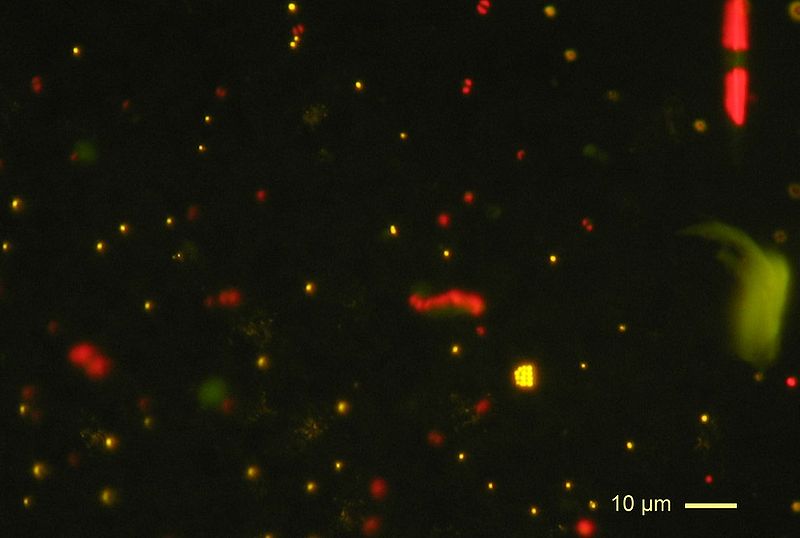
Thank marine microalgae like these for half the air we breathe (photo: Daniel Vaulot, CNRS, Station Biologique de Roscoff)
Garren called microbes “the invisible engineers that control the chemistry of the ocean.” They influence how the sea feels, smells, tastes and looks. Two gallons of seawater contain more bacteria than there are people on the planet, Garren said. The audience of ocean enthusiasts collectively squirmed as we recalled how many mouthfuls of seawater we had each swallowed. When we pollute the ocean with too many nutrients, which fish farms often do, the bacteria populations can sky rocket. When the microbe population is out of whack, the ocean experiences some nasty side effects, like a person who suffers the wrath of intestinal microbes, Garren said.
Sometimes corals are the collateral damage. Corals have a protective layer of bacteria that coats their skin of symbiotic algae, but bacterial diseases also plague them. Garren recently discovered that the bacterial pathogen behind a widespread coral disease can actively “sniff out” traces of coral mucous on a microscope slide. It was a bit mindboggling to think of tiny marine bacteria hunting down their prey. The things scientists are discovering about the ocean constantly amaze me.
TEDxMonterey was a stimulating and inspiring event. I’ll leave you with the quote from Ariel’s Song in William Shakespeare’s The Tempest, which made it into one of the day’s talks. I just love the words—they give me chills every time I read them.
Full fathom five thy father lies; Of his bones are coral made;Those are pearls that were his eyes:
Nothing of him that doth fade,
But doth suffer a sea-change Into something rich and strange.
Oh, and one shameless plug. I’m very proud of a certain photographer who was featured as a local artist at TEDxMonterey for his stunning underwater photography. Check out his work here: http://scottgabara.tumblr.com/
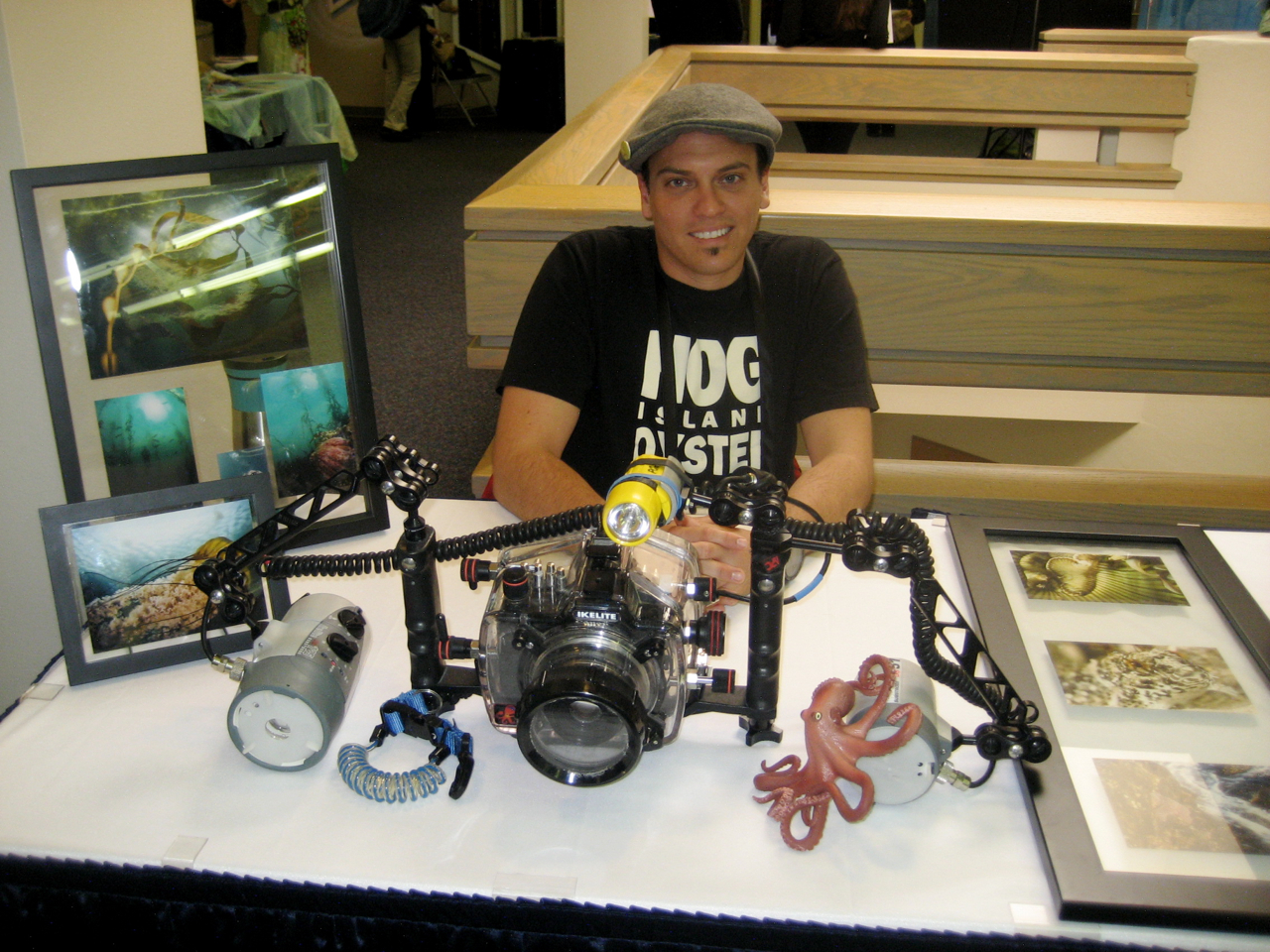
Marine science graduate student and underwater photographer Scott Gabara shows off his photos and camera setup at TEDxMonterey

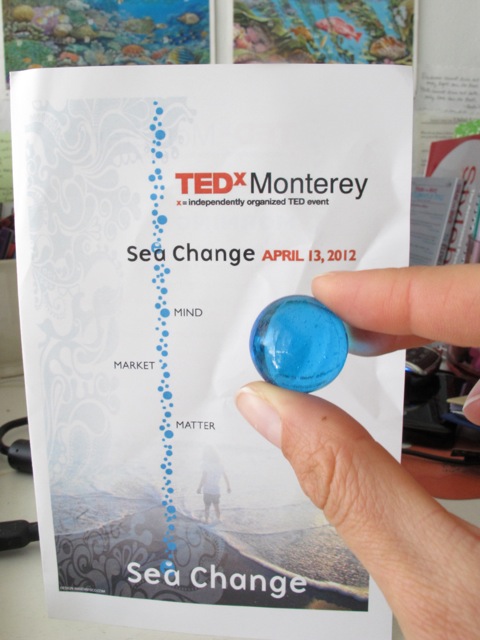
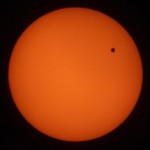
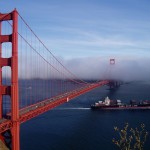

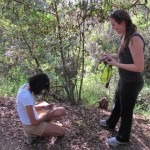
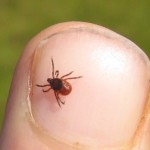

Comments are closed.